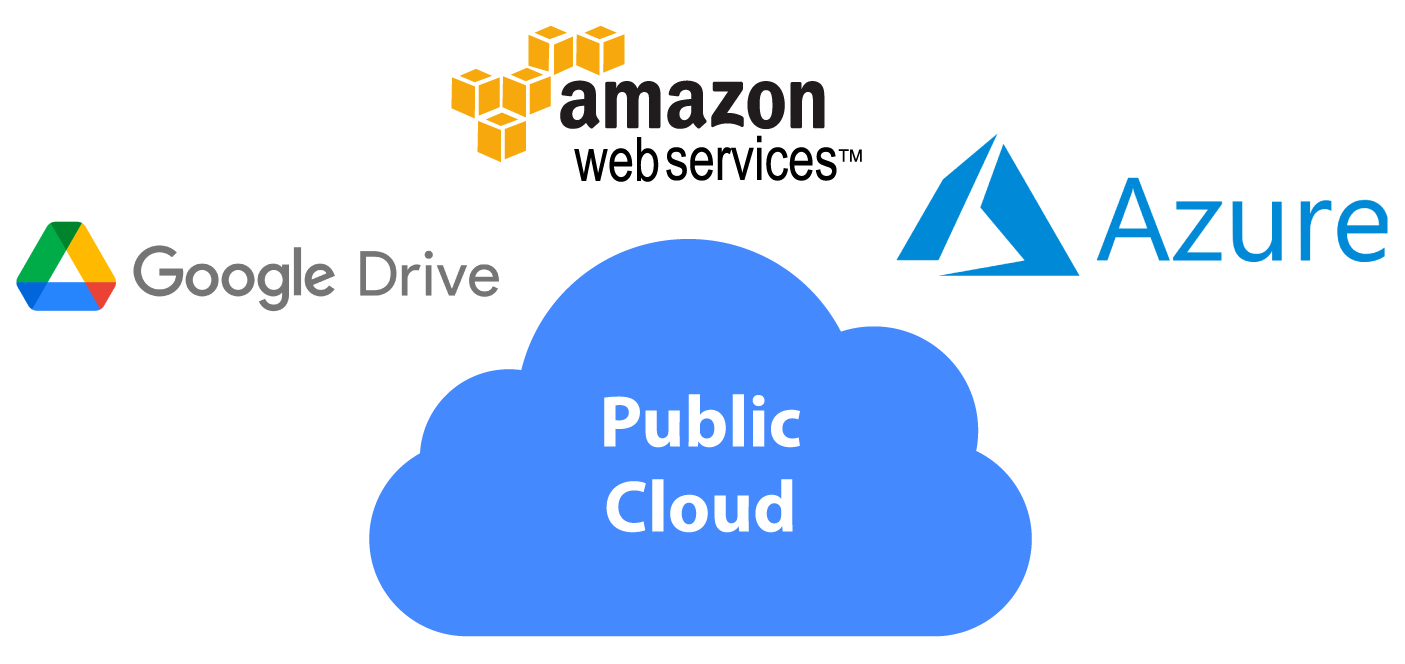Understanding the Public Cloud - Cost-Effective and Scalable Cloud Solutions
The public cloud is one of the most widely used cloud computing models, providing scalable resources through a shared infrastructure. Accessible to the general public over the internet, the public cloud offers users a flexible environment where they can access applications, storage, and computing power without the need for physical infrastructure. This post explores the key characteristics, benefits, and security considerations associated with the public cloud.
What is a Public Cloud?
In a public cloud, services are provided in a virtualized environment using pooled resources accessible via the internet. Unlike a private cloud, which is exclusive to a single organization, a public cloud supports multiple users on shared infrastructure, often through a pay-as-you-go model or as free services. This setup allows users to scale resources up or down based on their needs, making it an attractive option for individuals and businesses seeking cost-efficient, flexible cloud solutions.
| Feature | Description |
|---|---|
| Accessibility | Open to the general public via the internet, allowing access from any location with connectivity. |
| Infrastructure Sharing | Shared resources among multiple clients, reducing costs by distributing infrastructure expenses. |
| Service Models | Supports SaaS (e.g., cloud storage, office apps), PaaS, and IaaS, accessible under public cloud setup. |
| Cost Model | Services are available as free or on a pay-as-you-go basis, avoiding high upfront costs. |
| Managed by Provider | The cloud provider manages data centers, security, and infrastructure maintenance. |
Common Use Cases for Public Cloud
Public cloud services are ideal for scenarios requiring a flexible and cost-effective cloud setup, such as:
- Individuals or small businesses: Access to resources without extensive infrastructure investments.
- Non-sensitive data storage: Online collaboration or document management.
- Software development and testing: Quickly launch, test, and refine applications without heavy investment.
- Enterprise SaaS applications: Use of applications like email, project management, and CRM hosted on public cloud platforms.
Benefits of Public Cloud
| Benefit | Description |
|---|---|
| Cost Savings | Avoids capital expenditure on infrastructure; users only pay for what they use. |
| Scalability | Rapidly scale resources to meet demand without needing physical upgrades. |
| Reduced Complexity | Simplifies access to advanced technology, making it easier to implement new applications. |
| Global Accessibility | Accessible from any location, supporting remote and mobile work. |
| Quick Deployment | New applications and services can be deployed and tested quickly. |
Security Considerations in Public Cloud
In a public cloud environment, security and control are managed by the service provider, who is responsible for securing the infrastructure and data centers. However, organizations using the public cloud may face certain limitations in visibility and control over data.
- Provider-Controlled Security: The cloud provider oversees both physical and logical security, reducing the organization’s direct control over data.
- Shared Infrastructure: Multiple users share core infrastructure, though logical separation ensures data integrity and accessibility only for authorized users.
- Limited Location Control: Users typically do not have visibility into the geographic locations of data centers, impacting control over data residency and compliance.
When to Choose a Public Cloud Model
The public cloud model is suitable for use cases where high security and strict data control are not primary concerns. For instance:
- Testing and Development: Ideal for environments requiring rapid iteration and flexibility.
- Cost-Sensitive Applications: When the budget is limited, and extensive infrastructure investments are not feasible.
- General Business Functions: Common applications like email, collaboration tools, and CRM platforms.
The public cloud model offers an efficient, scalable, and budget-friendly solution for individuals and businesses seeking to harness the power of cloud computing without high upfront costs. By leveraging shared infrastructure managed by a third-party provider, users can access a wide range of services tailored to diverse needs, from basic storage to advanced software development environments. However, organizations should consider security and control limitations before choosing the public cloud, ensuring it aligns with their operational needs and data sensitivity.
